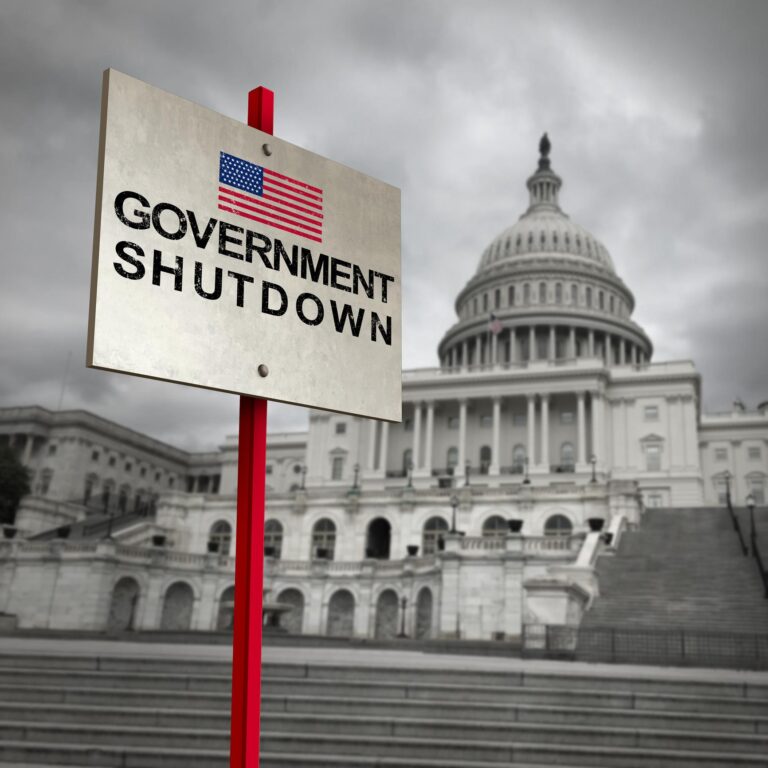Government Shutdown Triggers Widespread Disruptions Amid Political Impasse
As the clock struck midnight, the United States federal government officially entered a shutdown due to Congress’s inability to pass a new appropriations bill. This deadlock highlights the intensifying partisan conflicts over budget priorities, including funding for social welfare programs, defense expenditures, and immigration policies. Consequently, hundreds of thousands of federal employees have been placed on furlough, and numerous government services are either suspended or operating at reduced capacity.
The shutdown’s immediate consequences include:
- Closure of non-essential federal facilities: National monuments, museums, and various administrative offices have ceased operations indefinitely.
- Postponement of federal disbursements: Payments to small businesses and government contractors are delayed, affecting cash flow.
- Slowed public service delivery: Processing of permits, applications, and customer service inquiries through federal agencies is significantly hindered.
| Sector Affected | Duration of Impact | Primary Groups Affected |
|---|---|---|
| Federal Employees | Until budget resolution | Over 250,000 furloughed workers |
| Public Services | Several weeks to months | General public, tourists, small enterprises |
| Defense Sector | Short-term funding uncertainties | Military personnel and defense contractors |
Nationwide Economic and Service Impacts of the Shutdown
The shutdown has abruptly halted numerous vital federal functions, furloughing thousands of government workers and limiting essential operations. Agencies tasked with national security, public health surveillance, and emergency management are particularly strained, raising alarms about the country’s readiness to respond to crises. Additionally, social safety net programs such as food assistance and housing support are experiencing delays, exacerbating hardships for vulnerable communities.
Economic experts warn that an extended shutdown could dampen economic momentum by undermining consumer confidence and disrupting key sectors dependent on federal funding, including infrastructure development and scientific research. The table below outlines some of the immediate economic repercussions observed since the shutdown’s onset:
| Industry | Effect | Short-Term Forecast |
|---|---|---|
| Transportation | Delays in airport security screening | Potential interruptions in travel schedules |
| Small Business Sector | Deferred loan approvals | Increased liquidity challenges |
| Research & Innovation | Suspension of grant funding | Postponement of scientific projects |
| Consumer Sentiment | Heightened market volatility | Reduced consumer spending |
Call for Collaborative Efforts to Resume Government Operations
In light of the escalating consequences of the shutdown, political leaders and stakeholders are being urged to transcend partisan divides and engage in meaningful negotiations. Both Republican and Democratic representatives face mounting pressure to find common ground to restore government functionality and mitigate further economic fallout. The current stalemate reflects entrenched ideological differences, but experts caution that prolonged inaction risks eroding public trust and further disrupting essential services.
Analysts highlight several urgent priorities requiring bipartisan cooperation:
- Reaching consensus on budget allocations to prevent extended fiscal deadlock
- Maintaining uninterrupted delivery of critical public services
- Addressing the broader economic and market implications domestically and internationally
- Developing frameworks for more sustainable and cooperative legislative processes
| Stakeholder | Main Concerns | Role in Resolution |
|---|---|---|
| Congressional Leadership | Budget approval, legislative priorities | Lead bipartisan negotiations, draft compromise legislation |
| Executive Branch | Government operations, policy enforcement | Advocate for swift reopening, coordinate emergency responses |
| General Public | Access to services, economic wellbeing | Demand accountability, communicate concerns through elected officials |
Proactive Strategies to Minimize Shutdown Effects and Prevent Recurrence
To reduce the immediate fallout from government shutdowns, policymakers should emphasize contingency planning and enhance inter-branch communication. Pre-established emergency protocols can safeguard the continuity of vital services such as healthcare, social security disbursements, and national defense operations. Furthermore, increasing transparency through regular public briefings and bipartisan oversight committees can help sustain public confidence and curb misinformation during shutdown periods.
Long-term prevention of legislative deadlocks calls for structural reforms that promote collaboration and limit political brinkmanship. Recommended measures include:
- Adoption of automatic continuing resolutions to maintain government funding at existing levels when budget talks stall.
- Streamlining budgetary procedures to expedite decision-making and avoid last-minute crises.
- Introducing neutral mediation frameworks to facilitate compromise in highly polarized environments.
- Enhancing civic engagement to hold elected officials accountable for governance disruptions.
| Strategy | Anticipated Benefit |
|---|---|
| Automatic Continuing Resolutions | Ensures uninterrupted operations, provides negotiation buffer |
| Budget Process Reform | Minimizes delays and political standoffs |
| Mediation Mechanisms | Promotes bipartisan dialogue and compromise |
| Public Accountability Initiatives | Raises political costs of impasses |
Final Thoughts on the Government Shutdown and Path Forward
As the government shutdown takes hold, the persistent partisan deadlock in Washington casts a shadow over the country’s economic outlook and the delivery of public services. With both parties firmly entrenched, the coming days are pivotal in determining whether a breakthrough can be achieved or if the stalemate will deepen, further affecting American families and the global economy. Citizens and stakeholders remain vigilant as this political crisis continues to evolve.







